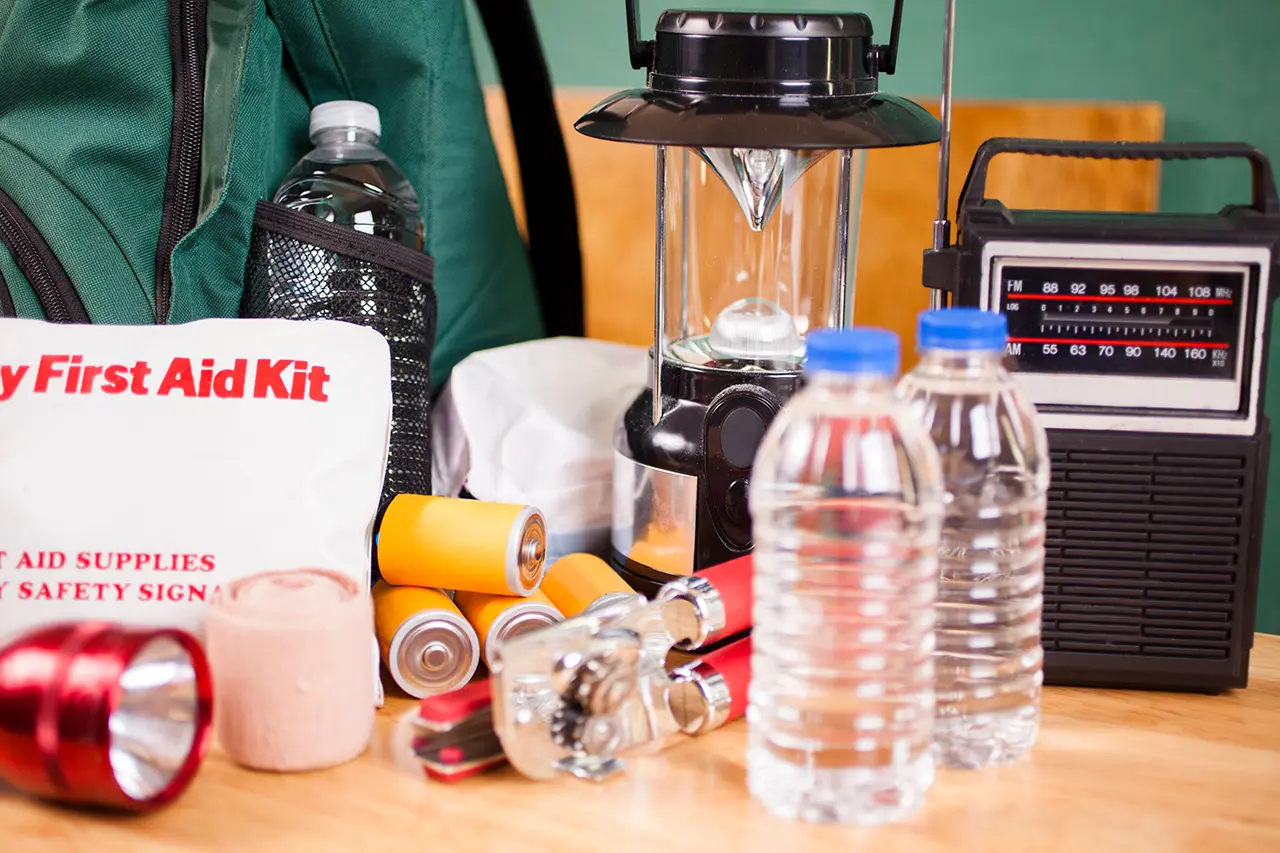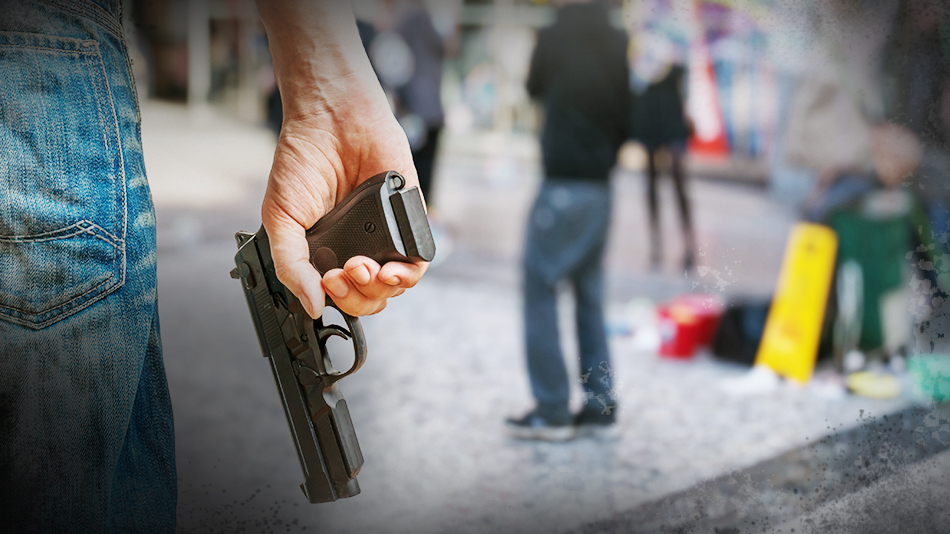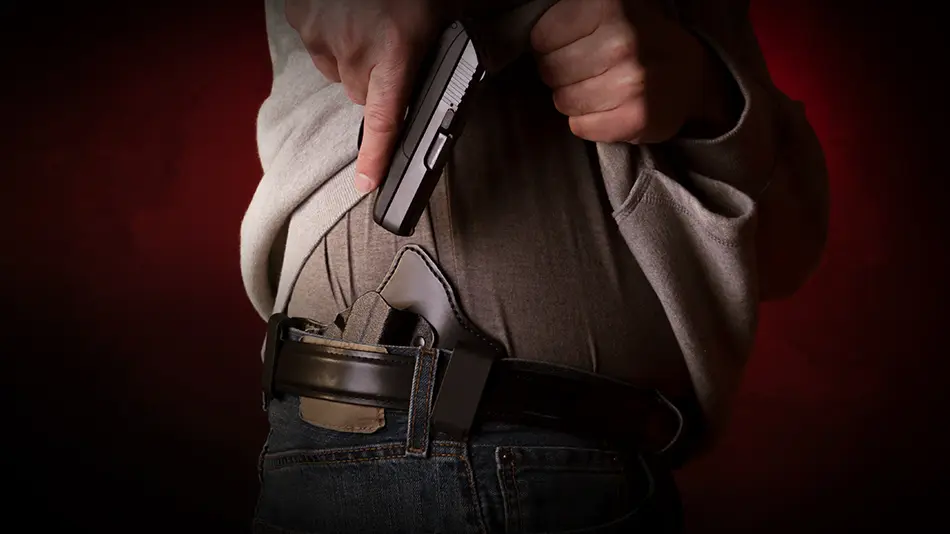Background
New York had a law that prohibited adults from generally carrying a firearm (including a concealed handgun) upon their person in New York without a state-issued license. These licenses were only issued upon proof of “good moral character” and “proper cause.” This is frequently referred to as a “may issue” licensing scheme, which is not based on objective criteria.
New York courts previously held that applicants only showed proper cause if they could “demonstrate a special need for self-protection distinguishable from that of the general community.” In addition, New York courts generally require evidence “of particular threats, attacks or other extraordinary danger to personal safety.”
Petitioners Robert Nash and Brandon Koch applied for unrestricted licenses but were denied because they did not claim any unique danger to their personal safety; they simply wanted to carry a handgun for self-defense. New York issued restricted licenses to Nash and Koch that had limited applications (e.g., hunting and target practice), and they could not carry for self-defense.
Procedural History
Petitioners sought declaratory and injunctive relief, alleging the New York scheme violated their Second and Fourteenth Amendment rights by denying their unrestricted license applications because they had failed to show “proper cause.”
The lower courts dismissed their complaint, relying on a case that previously sustained New York’s proper-cause standard.
The United States Supreme Court decided to review the case and granted certiorari.
Supreme Court Ruling
The Supreme Court decided to apply a single-step test in analyzing whether a law burdens and violates the Second Amendment under a text history and tradition framework.
The Supreme Court standard applied to potential infringements of the Second Amendment; when the Second Amendment’s plain text covers an individual’s conduct, the Constitution presumptively protects that conduct. The government must then justify its regulation by demonstrating that it is consistent with the Nation’s historical tradition of firearm regulation. Only then may a court conclude that the individual’s conduct falls outside the Second Amendment.
When using the text and history of the Second Amendment standard, modern regulations must be compared to historical ones. Determining whether a historical regulation is a proper analog for a distinctly modern firearm regulation requires a determination of whether the two regulations are “relevantly similar.” The Hellerand McDonald decisions point toward at least two metrics that can be used when comparing modern regulations to historical ones. First, how and why does the regulation burden a law-abiding citizen’s right to armed self-defense. Second, whether modern and historical regulations impose a comparable burden on the right of armed self-defense. However, this does not mean that courts should uphold every regulation resembling a historical one.
Enjoying this content? Find out how you can get more sent straight to your inbox.
Upon reviewing the American history of carrying handguns in public, the Supreme Court concluded that New York did not meet their burden to identify a tradition justifying its “may issue” proper-cause requirement.
Generally, American jurisdictions have not broadly prohibited the carrying of handguns and other firearms for self-defense. Additionally, there has not been a historical basis to generally “demonstrate a special need for self-protection distinguishable from that of the general community.”
The individual constitutional right to keep and bear arms in public for self-defense should not be treated as “a second-class right, subject to an entirely different body of rules than the other Bill of Rights guarantees.” The individual right of self-defense is the central component of the Second Amendment. Additionally, the definition of “bear arms” under the Second Amendment includes carrying in public.
Additionally, the Court stated that the exercise of other constitutional rights, such as the right of free speech or peaceful assembly, does not require the person who wishes to engage in that conduct to demonstrate to the government some special need. And the Second Amendment right to keep and bear arms, which encompasses the right to carry a handgun generally in public for self-defense, is no different.
Just as the First Amendment protects modern forms of communication, the Second Amendment extends, to all legal bearable arms, even those that were not in existence at the time of the founding of the country.
Conclusion
As a practical matter, this decision will be a powerful tool in striking down the “may issue” licensing schemes adopted by the most gun-restrictive states. This will move the entire country towards “shall issue.” Additionally, the framework laid out in this case for analyzing Second Amendment restrictions will be used to review other firearm restrictions on law-abiding citizens, such as so-called “assault weapons” bans, restrictions on high-capacity magazines, and “red flag” gun confiscation orders.
The full opinion can be read here: https://www.supremecourt.gov/opinions/21pdf/20-843_7j80.pdf
Your Protection Starts Here!
The information provided in this publication is intended to provide general information to individuals and is not legal advice. The information included in this publication may not be quoted or referred to in any other publication without the prior written consent of U.S. LawShield, to be given or withheld at our discretion. The information is not a substitute for, and does not replace the advice or representation of a licensed attorney. We strive to ensure the information included in this publication is accurate and current, however, no claim is made to the accuracy of the information and we are not responsible for any consequences that may result from the use of information in this publication. The use of this publication does not create an attorney-client relationship between U.S. LawShield, any independent program attorney, and any individual.





I am a member
Hello I am interested to became member but I live in New York? Will be open soon to New York State
I have license in CT and Pa
What about those of us who have Restricted Nj State Carry Permits in NJ and want the apply for concealed carry ?
I am curious how this affects a CCW licensee’s rights from another state or a constitutional carry state?
I have a legal question in light of Bruen. Prior to Bruen, I received my right to carry outside my home from Pennsylvania. After Bruen, the Court recognized my Federal/Constitutional right to carry outside the home. Is the concept of reproprosity between States valid anymore since my right to carry is Constitutional and any conditions set forth by a State under a SHALL ISSUE condition only applies to that State’s residents?
As a member this information is vital. I care so I carry, US Law Shield protects my whole family including my daughter an expert in martial arts. Thank you US Law Shield.
Thank you for looking out for us we will continue looking out as well.